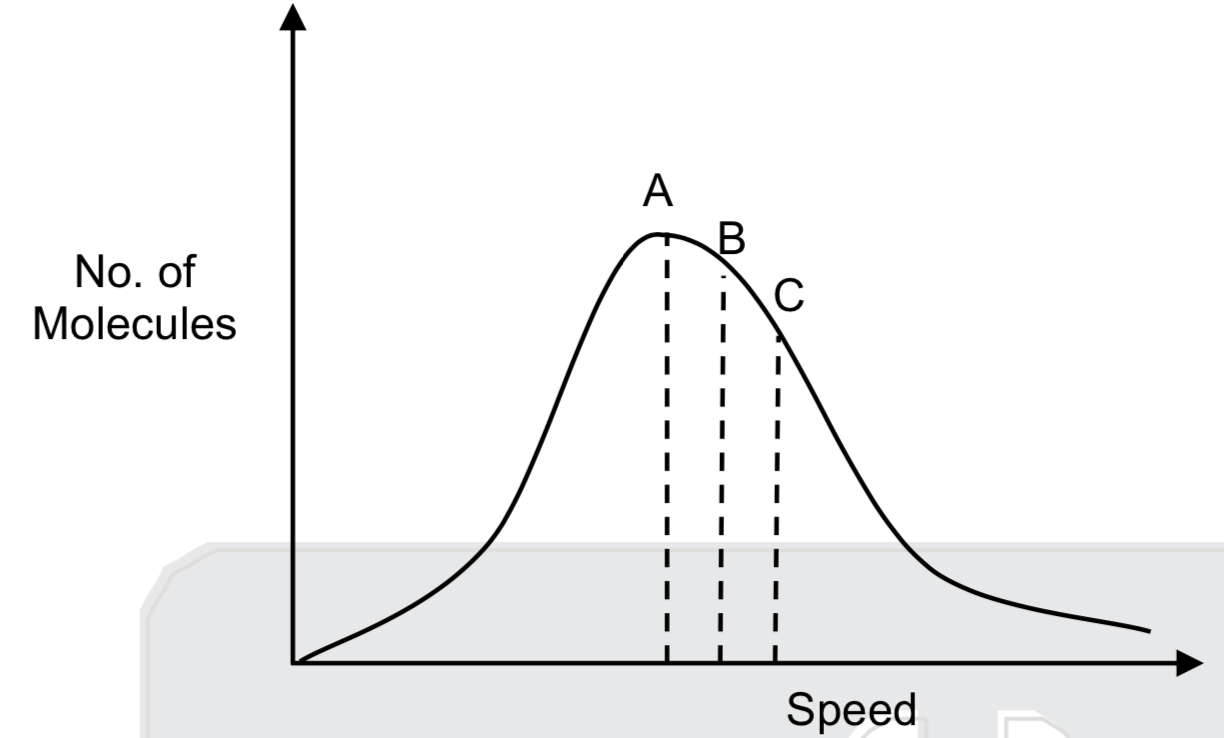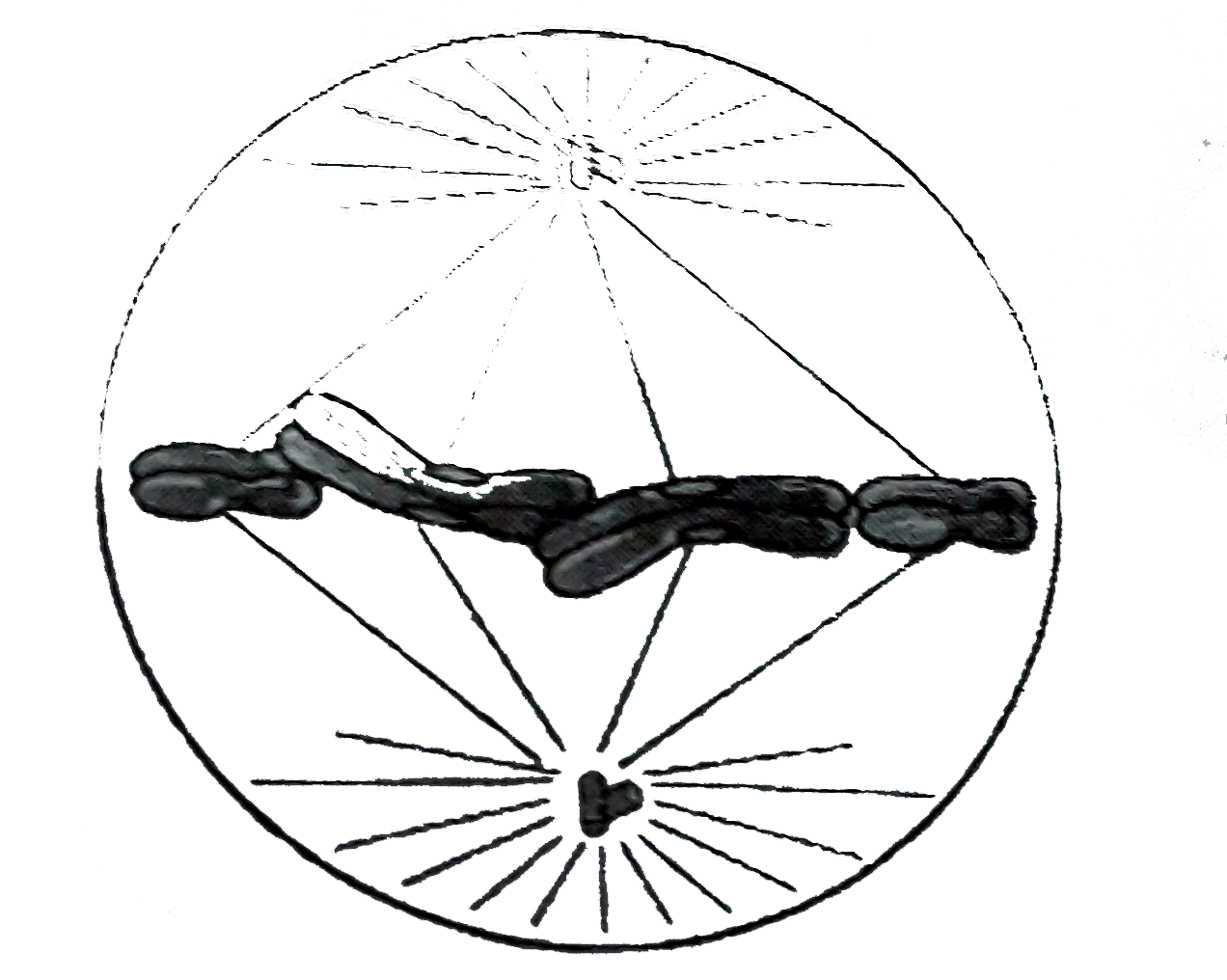Select the correct option with the reference of psedocoelomate animals :
These animals are diploblastic
They may be free living or parasitic in plants and animals
They have blind-sac body plan
These animals are gregarious in habit
The correct Answer is:B
To answer the question regarding pseudocoelomate animals, we need to analyze each of the provided options based on the characteristics of these animals.
1. Understanding Pseudocoelomate Animals:
- Pseudocoelomate animals possess a pseudocoelom, which is a fluid-filled body cavity that is not completely lined by mesoderm. This distinguishes them from true coelomates, which have a coelom fully lined by mesoderm.
2. Evaluating the Options:
- Option 1: These animals are diploblastic.
- Analysis: Diploblastic animals have only two embryonic layers (ectoderm and endoderm). Pseudocoelomates are triploblastic, meaning they have three layers (ectoderm, mesoderm, and endoderm). Therefore, this option is incorrect.
- Option 2: They may be free living or parasitic in plants and animals.
- Analysis: This statement is true. Many pseudocoelomate animals, such as roundworms, can be found living freely in soil and water, while others are parasitic in plants and animals.
- Option 3: They have a blind sac body plan.
- Analysis: A blind sac body plan means that the organism has a single opening serving as both mouth and anus. Pseudocoelomates, particularly roundworms, have a complete digestive system with separate mouth and anus, so this option is incorrect.
- Option 4: These animals are gregarious in habit.
- Analysis: Gregarious animals live in large groups. Pseudocoelomates can be free-living or solitary, and they do not necessarily live in large organized communities. Hence, this statement is also incorrect.
3. Conclusion:
- The only correct statement regarding pseudocoelomate animals is that they may be free living or parasitic in plants and animals (Option 2).
Final Answer:
The correct option is: They may be free living or parasitic in plants and animals.
- Pseudocoelomate animals possess a pseudocoelom, which is a fluid-filled body cavity that is not completely lined by mesoderm. This distinguishes them from true coelomates, which have a coelom fully lined by mesoderm.
- Option 1: These animals are diploblastic.
- Analysis: Diploblastic animals have only two embryonic layers (ectoderm and endoderm). Pseudocoelomates are triploblastic, meaning they have three layers (ectoderm, mesoderm, and endoderm). Therefore, this option is incorrect.
- Option 2: They may be free living or parasitic in plants and animals.
- Analysis: This statement is true. Many pseudocoelomate animals, such as roundworms, can be found living freely in soil and water, while others are parasitic in plants and animals.
- Option 3: They have a blind sac body plan.
- Analysis: A blind sac body plan means that the organism has a single opening serving as both mouth and anus. Pseudocoelomates, particularly roundworms, have a complete digestive system with separate mouth and anus, so this option is incorrect.
- Option 4: These animals are gregarious in habit.
- Analysis: Gregarious animals live in large groups. Pseudocoelomates can be free-living or solitary, and they do not necessarily live in large organized communities. Hence, this statement is also incorrect.
- The only correct statement regarding pseudocoelomate animals is that they may be free living or parasitic in plants and animals (Option 2).
The correct option is: They may be free living or parasitic in plants and animals.
Topper's Solved these Questions
Similar Questions
Select the correct options
 :
:
View Solution
Select the correct options:
View Solution
Select the correct options :
View SolutionSelected the correct option
View SolutionSelect the correct option(s).
View SolutionSelect the correct option with the reference of hemodialysis
View SolutionSelect the correct option in the following.
View SolutionSelect the correct option with respect to mitosis

View SolutionSelect the correct option with respect to mitosis

View SolutionSelect the correct option with respect to mitosis

View Solution
